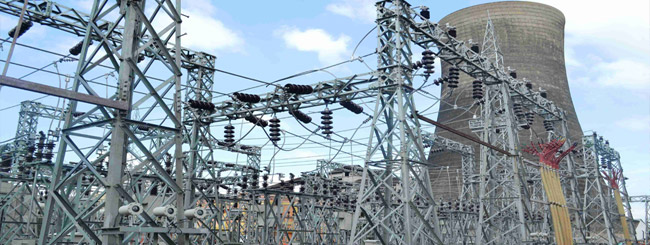Just last week, the government announced that the newly-formed Central Transmission Utility of India Ltd (CTUIL) will start operations from April 1, 2021.
This development is of great significance for Power Grid Corporation of India (PGCIL), the Centrally-owned power transmission company, as it gets divested of another role.
It would be interesting to see how the complexion of PGCIL, which was always referred to as the CTU (Central Transmission Utility), has evolved over the years.
Grid management
Till March 2009, PGCIL was performing, among others, the role of grid management. It was then decided that this dimension would be incorporated into a new entity. Accordingly, Power Systems Corporation Ltd (or POSOCO) was born. POSOCO was formed as a wholly-owned subsidiary of PGCIL and in around early 2017, it was made into an independent Central PSU, directly under the Union power ministry. Today, POSOCO is independently responsible for the National Load Dispatch Centre (NLDC), five regional load dispatch centres (RLDC) and 33 state load dispatch centres (SLDC).
The rationale behind this divestment was that as the national grid was expanding, and with it the load, the activity of grid management started becoming a specialized activity, which was best handled by an autonomous entity.
Also read: Separating CTU from Power Grid Corporation
TBCB
In January 2011, the philosophy of tariff-based competitive bidding (TBCB) took birth. Accordingly, and to put it very briefly, all power procurement needed to be made using the competitive bidding route, where the competition, per se, would be based on tariff. Till this time, PGCIL was the sole developer of interregional and interstate transmission lines. It used the “cost-plus” method where PGCIL was assured of a mark-up over the project cost incurred, as its compensation. PGCIL was kept sufficiently insulated from penalties for time overrun. Also, the project cost of the transmission system was estimated by PGCIL, without any “second opinion”, which is usually available during the competitive tendering process.
Once the TBCB culture kicked in, PGCIL had to compete with other developers to win the project, as opposed to the situation where it would be nominated by the government to implement the project.
It is worth mentioning that still are projects of technical complexity or with compressed time schedule, which are entrusted to PGCIL, without going in for the TBCB modality. Such projects are technically done under what is called the “Regulated Tariff Mechanism” (RTM).
CTU
PGCIL, within itself, had a core team that was responsible for planning of transmission lines. This team is referred to as the Central Transmission Utility (CTU). Once the TBCB philosophy came into force, there was a piquant situation. Thanks to the CTU (which was part of PGCIL, for all practical purposes), PGCIL was privy to sensitive and critical information about upcoming power transmission projects. It was alleged that PGCIL would gain an unfair advantage over other (private) players when these projects came up for bidding under the TBCB route.
The debate of segregating the CTU operations from PGCIL went on for several years, but it was only in June 2020 that the power ministry took a decision to decouple CTU activities from PGCIL. Accordingly, Central Transmission Utility of India Ltd (CTUIL) was incorporated as a wholly-owned subsidiary of PGCIL. It is likely that on the lines of POSOCO, CTUIL too will eventually be an independent entity falling in direct ambit of the Union power ministry.
One area left out
With PGCIL now divested of its CTU function and that of grid management, much of the “conflict of interest” issues have been settled. Nonetheless, there remains one contentious issue. There is a National Committee on Transmission (NCT), chaired by Chairman, Central Electricity Authority (CEA). Members of NCT include officials from CEA, the Union power ministry, NITI Aayog and PGCIL. The major function of NCT, inter alia, is to appraise power transmission projects and determine the modality of development—whether TBCB or RTM. The presence of PGCIL in NCT can potentially cause some bias in favour of PGCIL. This point needs to be looked into by the power ministry.
However, there is one fine aspect that needs to be appreciated. The presence of PGCIL in NCT is with respect to the former’s CTU function. Now that the CTU operations of PGCIL come under CTUIL, some of the concern is addressed. However, it is not fully addressed as CTUIL is still a subsidiary of PGCIL and lacks autonomy as yet.
The author of this article, Venugopal Pillai, is Editor, T&D India, and may be reached on venugopal.pillai@tndindia.com. Views expressed here are personal.

